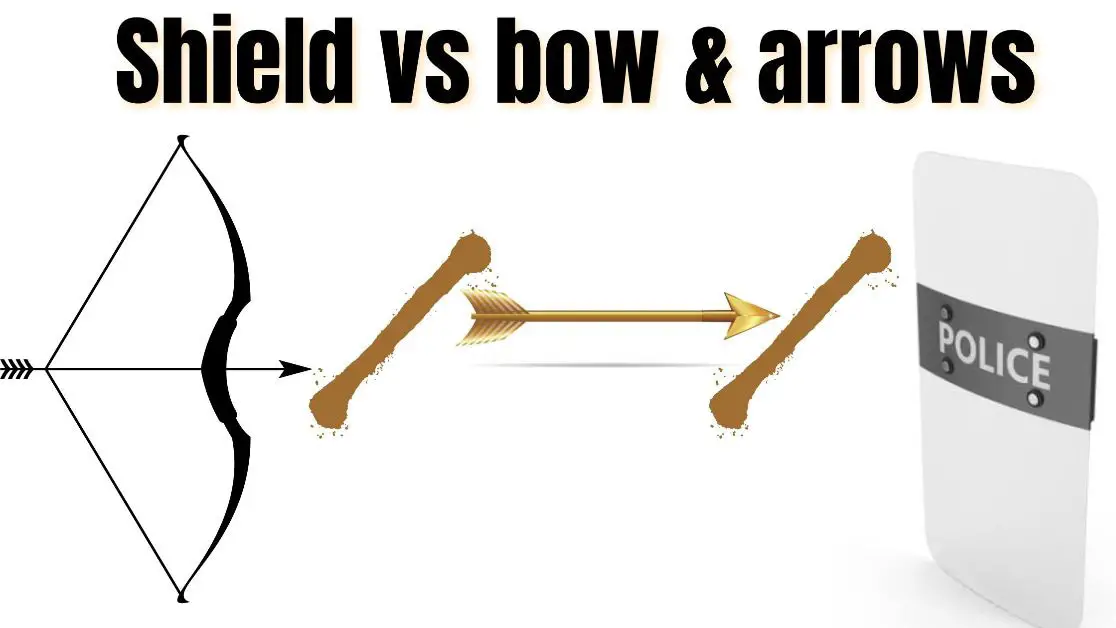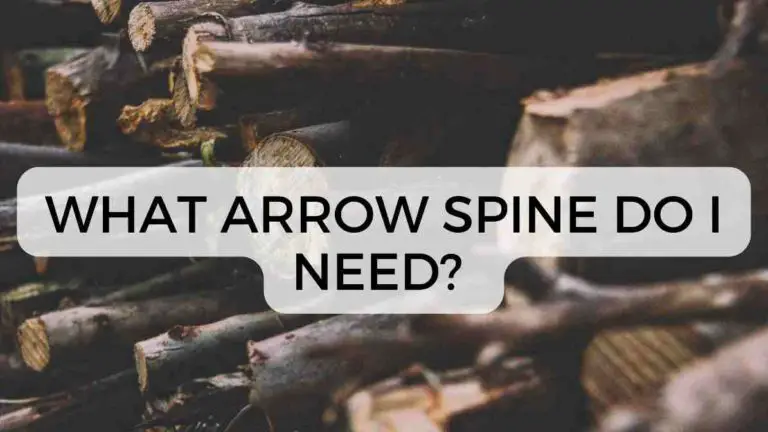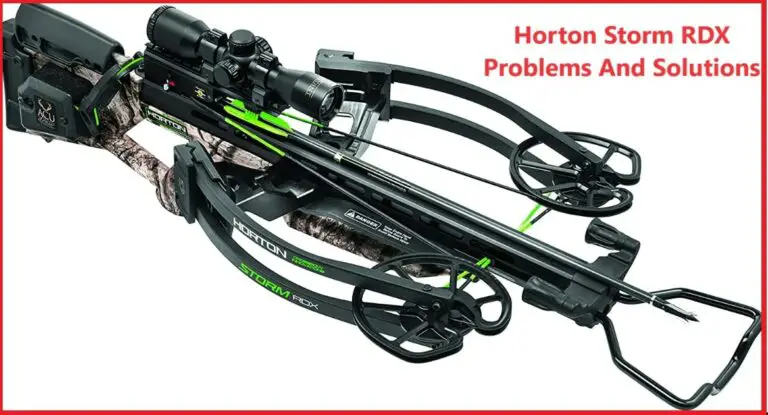“Shield vs Bow and Arrow (2024): Which Weapon Reigns Supreme?”
It’s really interesting to know about the strength of various shields vs bows and arrows.
Recommended: How Fast Is an Arrow? (Beginner’s Guide)
When it comes to medieval combat, few weapons are as iconic as the Shield vs Bow and Arrow. Each weapon has distinct advantages and disadvantages that have been honed over centuries of use in warfare, hunting, and sport competitions. In this expert analysis, we’ll explore the nuances of each weapon and weigh their strengths and weaknesses in various scenarios
Most of the time, you may have seen in Bollywood’s historical action movies a man, most probably a hero, with a shield advancing against the swarm of arrows towards the opposing army, and a shield in his/her hand is protecting him/her against the shooted arrows.
Such movies create a perception of the shields against the bow and arrow. It looks so fancy, but let us disclose the myths about the shield against the bow and arrow. This article will discuss the different types of bows and arrows in contrast to different shields.
Shields vs. bow and arrow
We will begin by introducing shields, bows, and arrows. You can decide how much a shield can resist against an arrow shooted with a bow. You will be clear about shield vs. bow and arrow at the end.
Shield
A shield is an armored guard which helps a person withstand deadlier shots of arrows and against the damage of swords and other lethal weapons. In the modern day, you can see shields in the hands of the police, which counter riots of violent people and other criminals. Shields have been one of the best companions of fighters and soldiers for thousands of years. Artisans of every time are in search of making it better against the lethal weapons of their times. Therefore, you can find different types of armour shields throughout history.
- Vikings used it on the battlefields.
- These were made of wood.
- These shields were round in shape.
- The perimeter of the shield was about 37″.
- These were fabricated with a 6″ dome at the front to deflect the weapons.
Buckler Shield
- These were smaller in size.
- Made with both wood and iron.
- These shields were rounded in shape like the Viking shields.
- Soldiers buckled these shields with their belts.
Kite Shield
- It’s also known as a tapering shield.
- It was larger in size but similar in attributes to the Heater shield.
- These were narrow but long, protect to soldiers from neck to ankle.
- These shields were made with both wood and iron.
- It was featured in the Bayeux tapestry.
- The upper side of the shield was rounded instead of pointed.
Bouche Shield
- These were used with the lance.
- A ridge in the middle of the shield helped deflect the weapons away from the soldier.
- There was also a grove at the top to rest the lance.
Pavise Shield
- It’s also known as a wall shield.
- It was meant to protect the entire body of the holder.
- Made of wood or metal.
- These shields got a boom in the 14th century.
- Heraldry was present on the front side of the shield.
Bows and arrows
Like the shields, bows and arrows are also old companions of humankind. Bow technology proved a regime changer throughout history., i.e., in the Ottoman and Mongol empires. Different kinds of bows and arrows proved lethal for the opposing army. Some of those are in the following.
Longbow
- A famous war weapon from the medieval era.
- Simplest in design, a long wooden pole with a string. That’s all.
- It was only suitable for strong and skilled archers.
- Still used for target shooting.
Compound bow
- These were the most advanced bows.
- It was born in the 1960s.
- Its pulleys, cams, and cables help the archer release heavy draw weight with little effort.
- It’s made of composite material.
- These are suitable for every weather condition.
- Helpful for accurate and long-distance shooting.
Crossbow
- Old style with trigger release mechanism.
- It’s the most suitable option for quick beginners.
- It requires a higher draw weight for knocking.
- A great bow for those who are disabled from using other regular bows.
Recommended: Compound Bow Vs Composite Bow – Which is better?
Which one is better?
It looks challenging to choose one from both. Each of these, i.e., shield vs bow and arrow, stands on its ground. But, here we are going to discuss some prominent points that differ a lot. Shooting distance, bow, arrow, and shield types are included in those points. Let’s discuss the shield vs bow and arrow.
Shooting distance
Shooting distance matters a lot, in comparison between shield vs. bow and arrow. If you’re getting your mark from some distance, a shield can provide enough armor to the shielded soldier. On the other hand, the same thing happens at a shorter distance.
But in case of optimum distance, which varies among different bows, the shield becomes helpless, and the shield holder comes on the dangerous side. The reason is that it gets maximum kinetic energy, enough to damage the shield.
Type of bow
The other thing that creates a difference is the type of bow. Longbow requires a strong and experienced archer. These are only suitable for getting on your target. While the English bow with both hunting arrow and practice arrow proves deadlier for the shield holder.
It can even break the most advanced ballistic shield with both types of arrows, i.e., practice tip arrows and army-grade arrows. Moreover, the crossbow also gets on target and proves devastating for the shield. They get the target with energy and accuracy.
Type of arrow
The other thing that challenges the shield’s strength is the type of arrows you are shooting with the bow. There are mainly two types of arrows, i.e., practice grade and army grade. Of course, the practice-grade arrows will not be able to penetrate through the shield. On the other side, army-grade arrows damage more shields, though vented or solid. Generally, an arrow with a pointed tip and solid head can pass through the shield more easily.
Recommended: Arrows 101: Everything you need to know
Type of shield
The other major point that holds its ground in shield vs bow and arrow is the type of shield you use against the bow and arrow. There are multiple types of materials used for the fabrication of shields. In medieval times, it was common to fabricate a shield with wood. But these shields were only suitable against longbow combat. Later on, iron and other metals were also used as fabrication materials for shields.
Wooden shields with domes on the front prove vital against the bow and arrow. Moreover, shields wrapped with animal’s fat and leather also performed well against lethal weapons. In present days, ballistic shields are there in the field. They work well against gunshots.
Quick comparison table
| Shield | Bow and arrow | |
| Long shooting distance | ✓ | × |
| Short shooting distance | × | ✓ |
| Ballistic shield vs longbow | ✓ | × |
| Ballistic shield against English bow | × | ✓ |
| Composite bow from adequate distance | × | ✓ |
| Alloyed bow | × | ✓ |
| Wooden shield vs longbow | ✓ | ✓ |
| Wooden shield vs crossbow | × | × |
| Wooden shield vs English bow | × | ✓ |
| Pointed practice arrow vs wooden shield | ✓ | × |
| Army grade arrows vs wooden shield | Depends upon the shooting distance | Depends upon shooting distance |
Final thoughts
It’s difficult to wrap up the whole discussion with simply two sentences. However, English and crossbows with army-graded arrows win against the wooden shield. Every type of shield can withstand a longbow.


![Single Cam Vs Dual Cam: [2024 Updated] Which one to use](https://outdoorsportshub.com/wp-content/uploads/2023/01/Single-Cam-Vs-Dual-Cam-768x432.jpg)


![Bows Made in Michigan: Know 7 Bow Manufacturers [2024 Update]](https://outdoorsportshub.com/wp-content/uploads/2023/11/bows-made-in-michigan-768x432.jpg)
